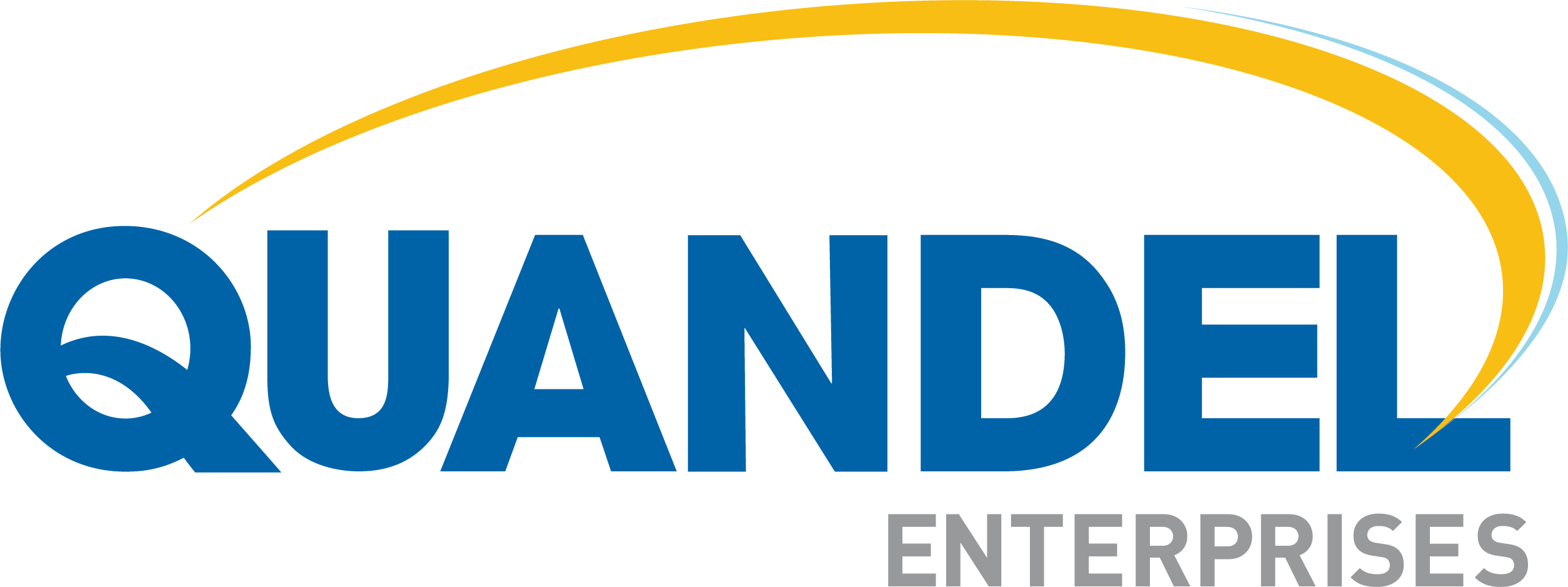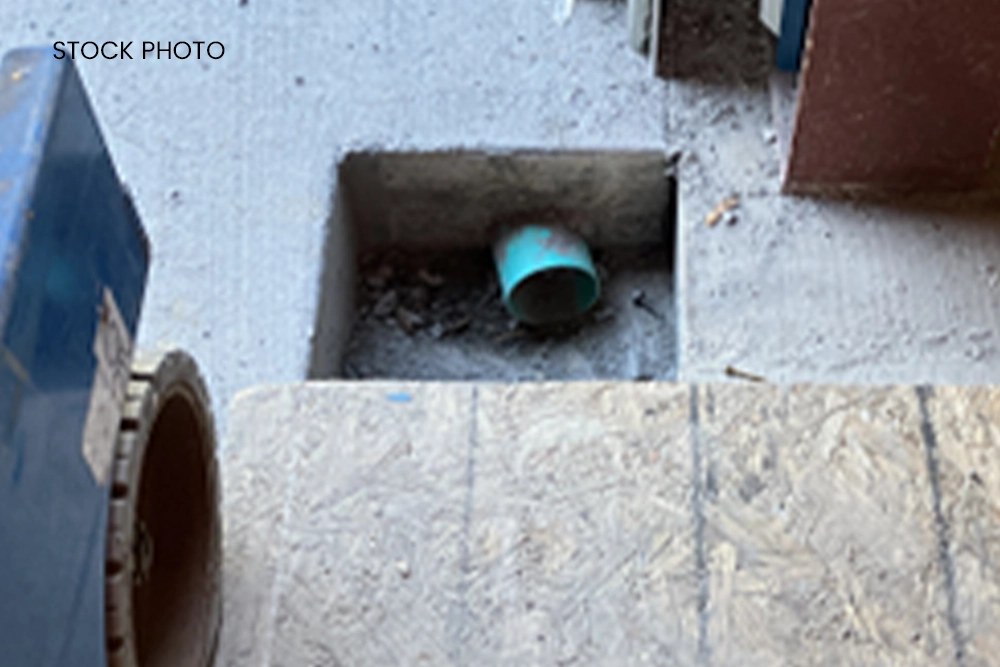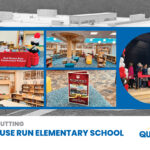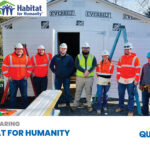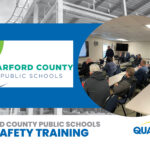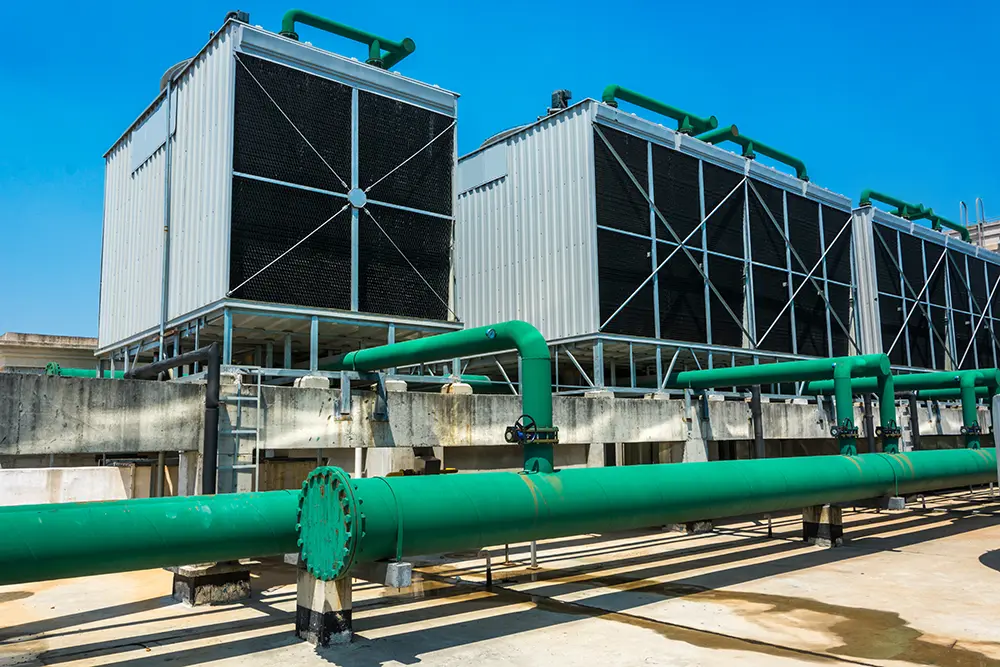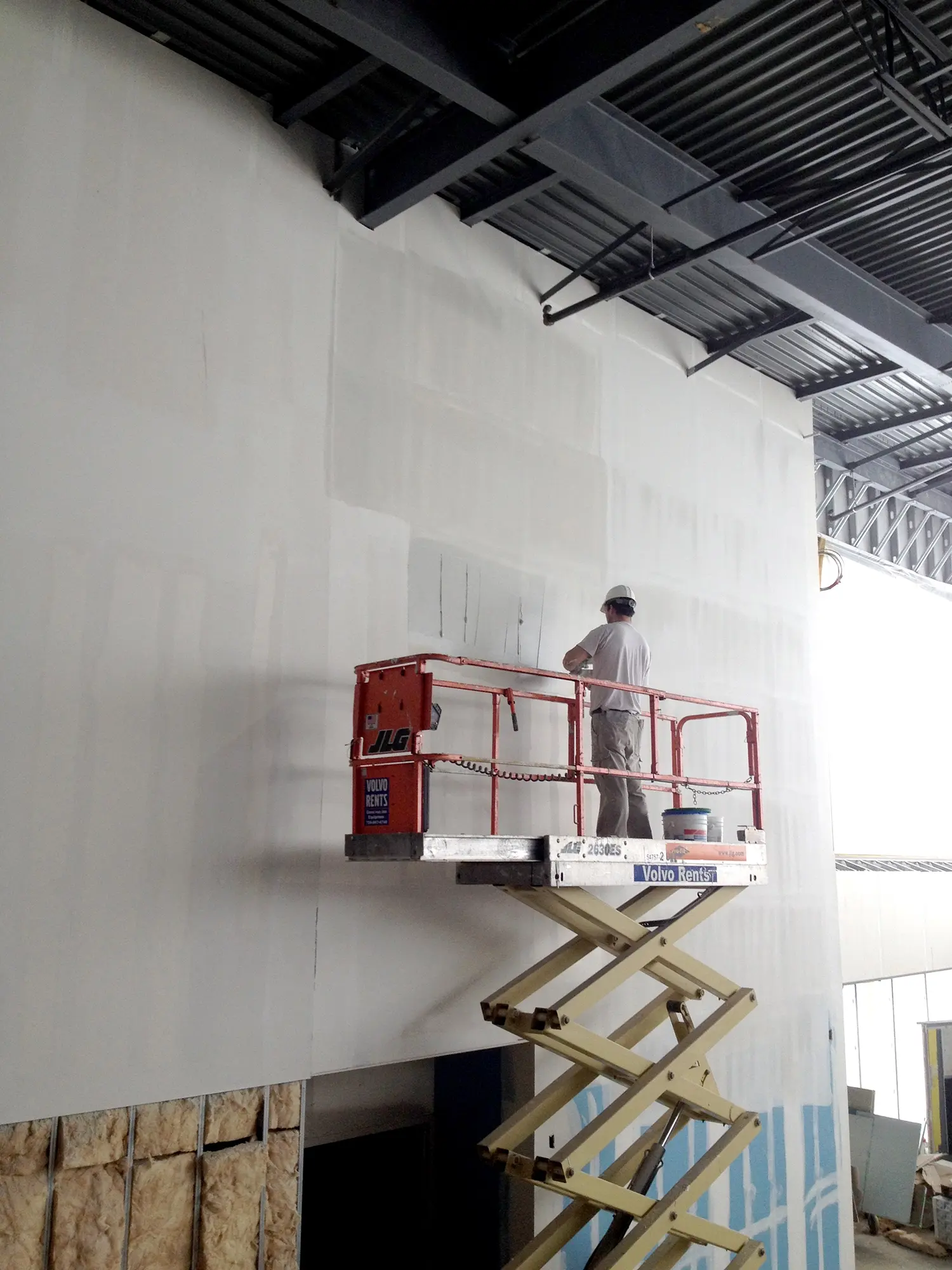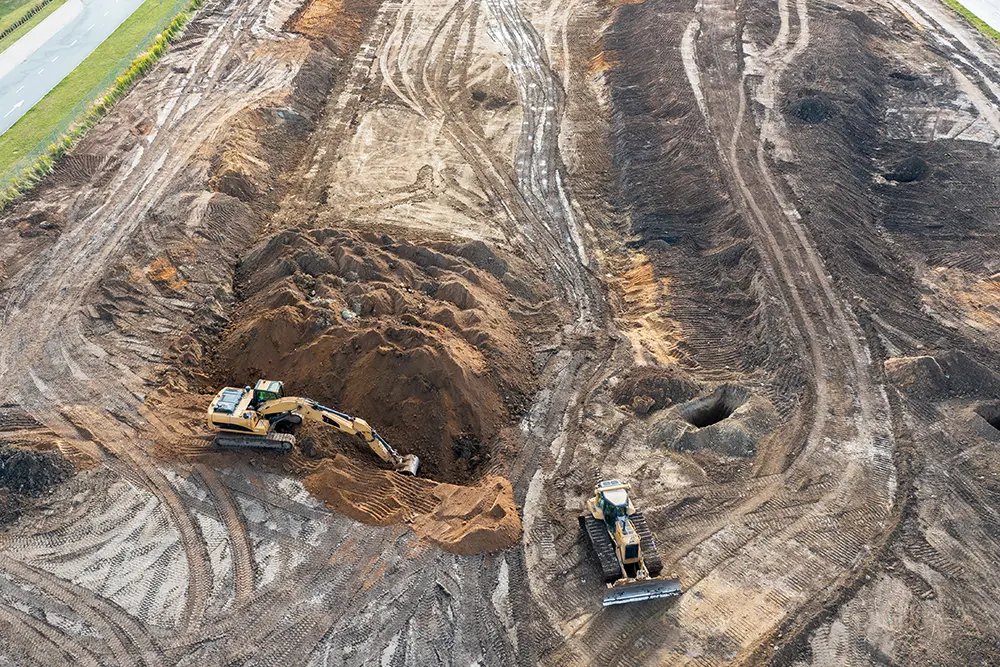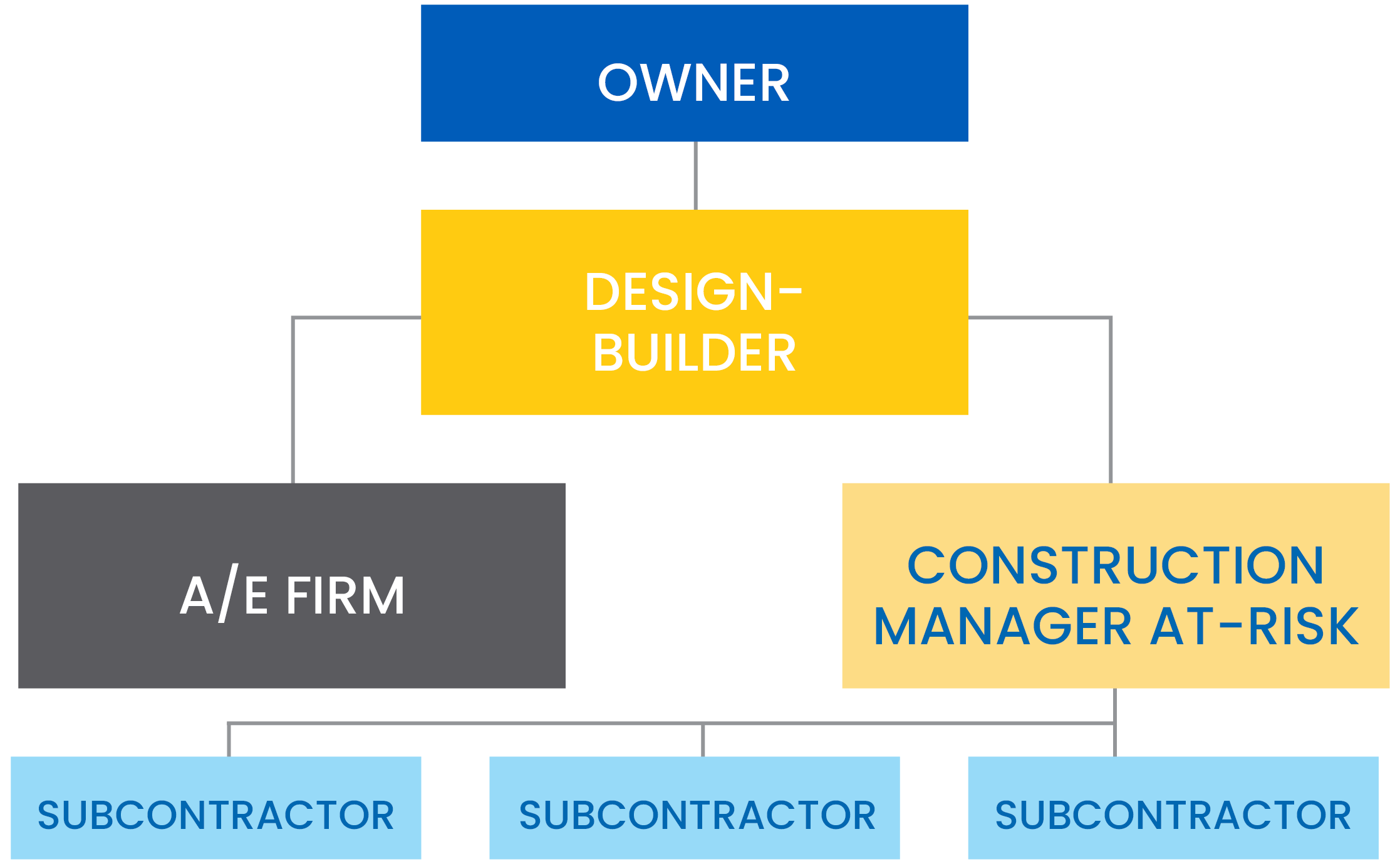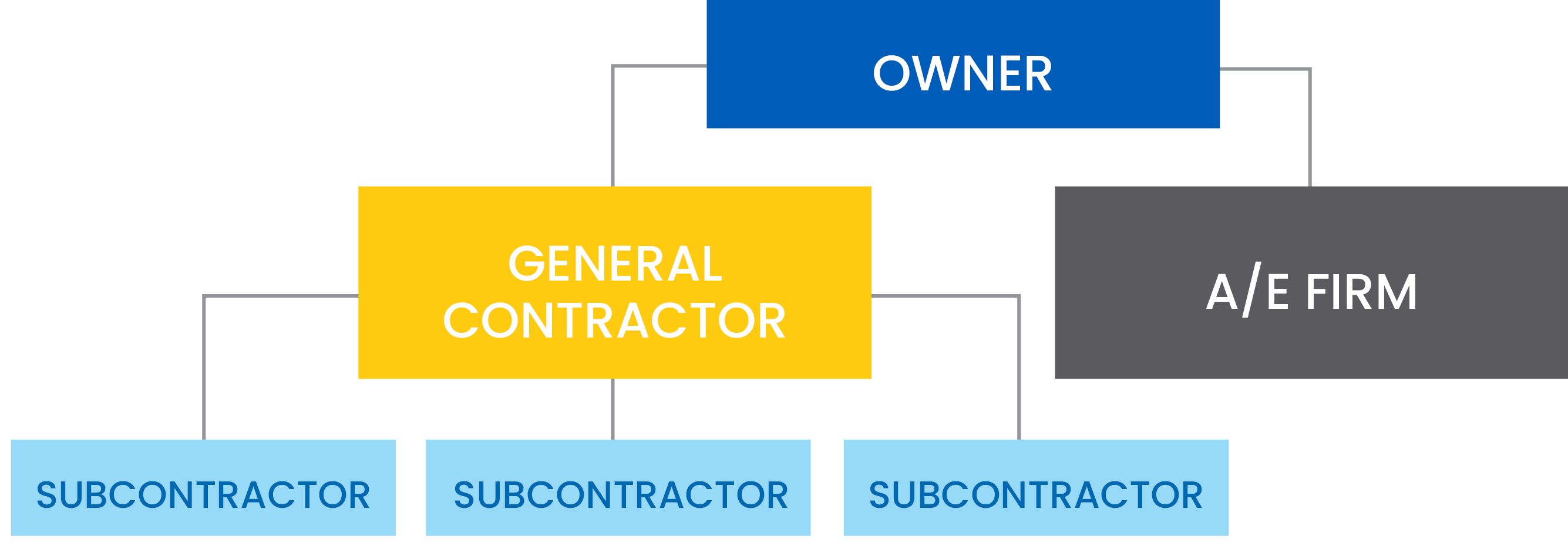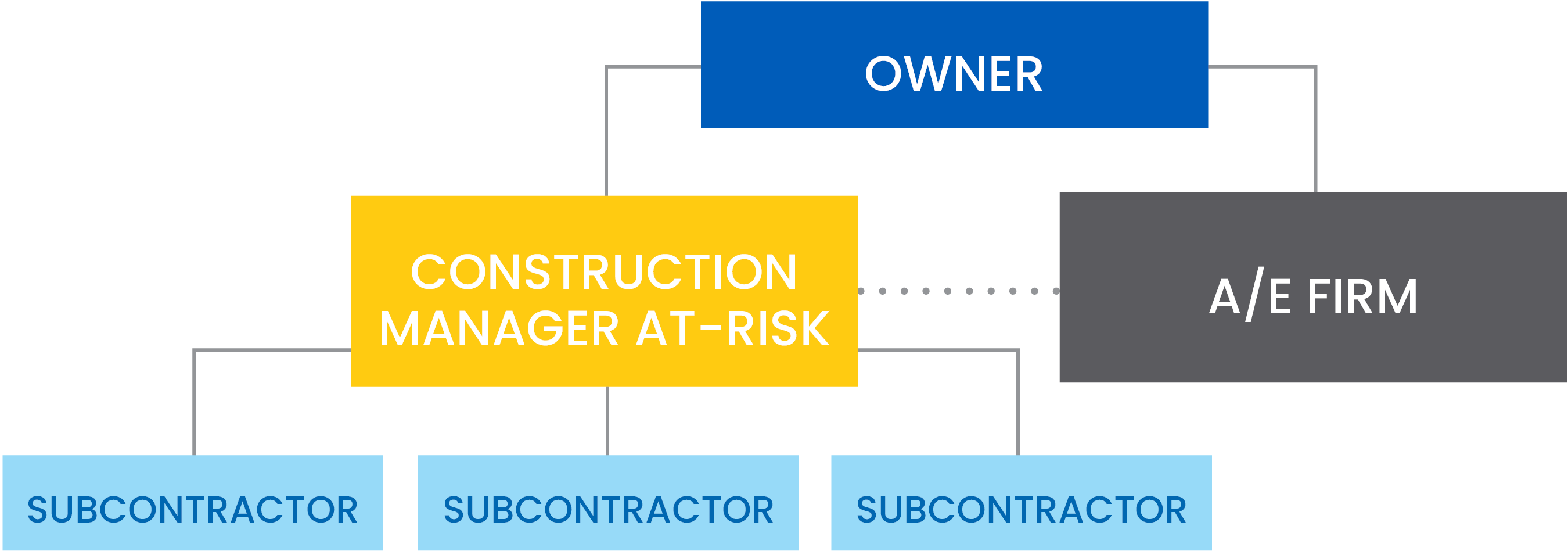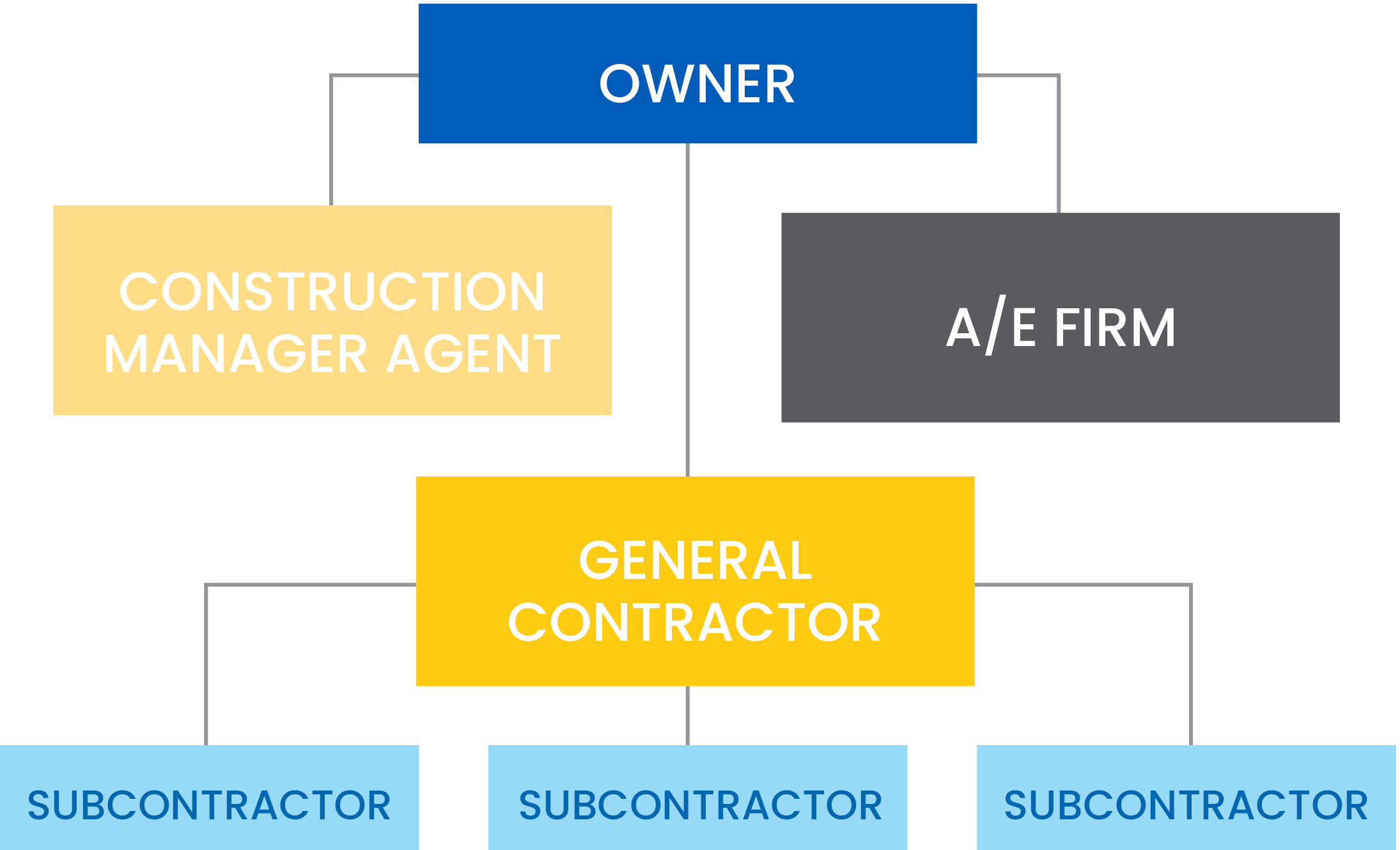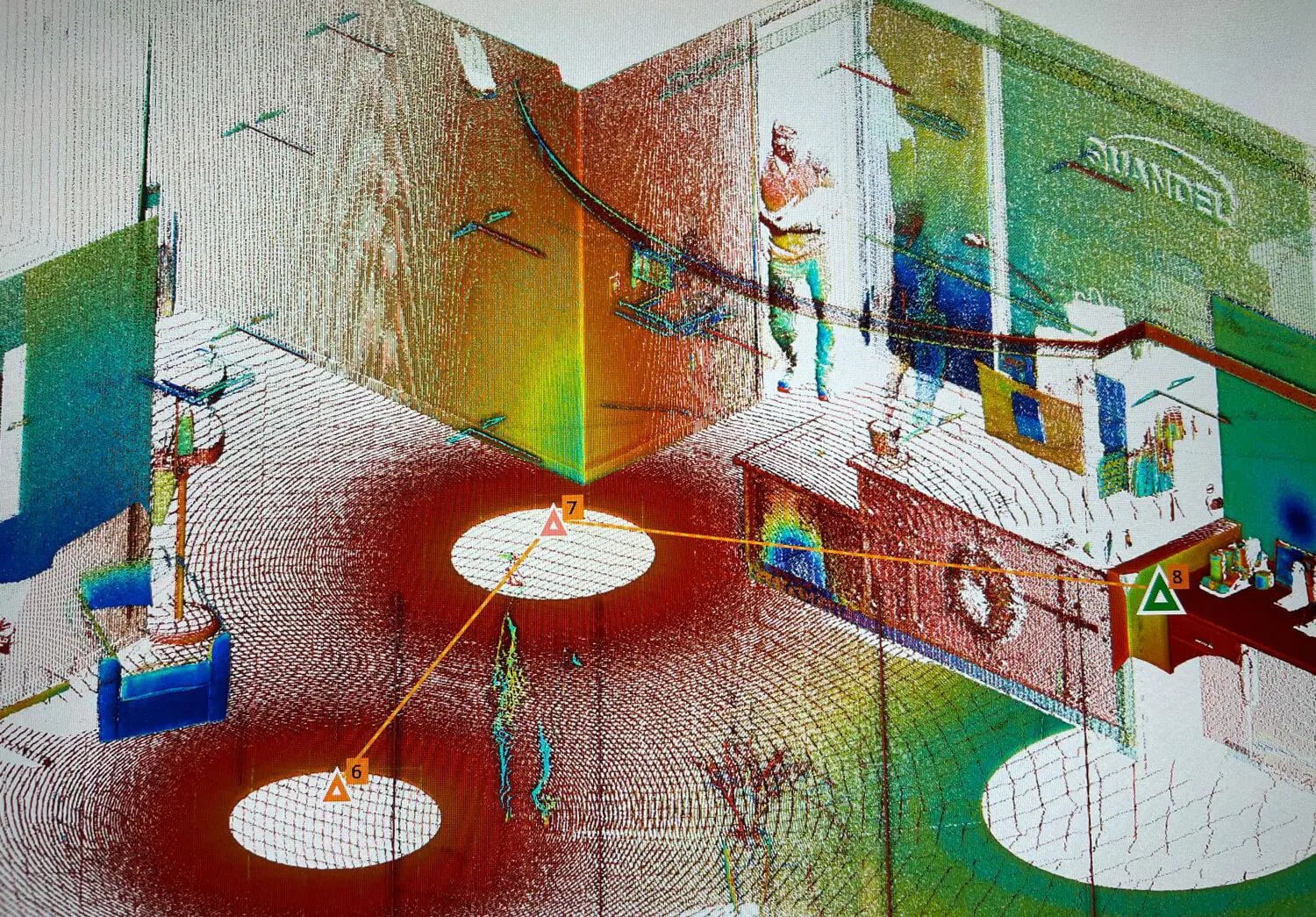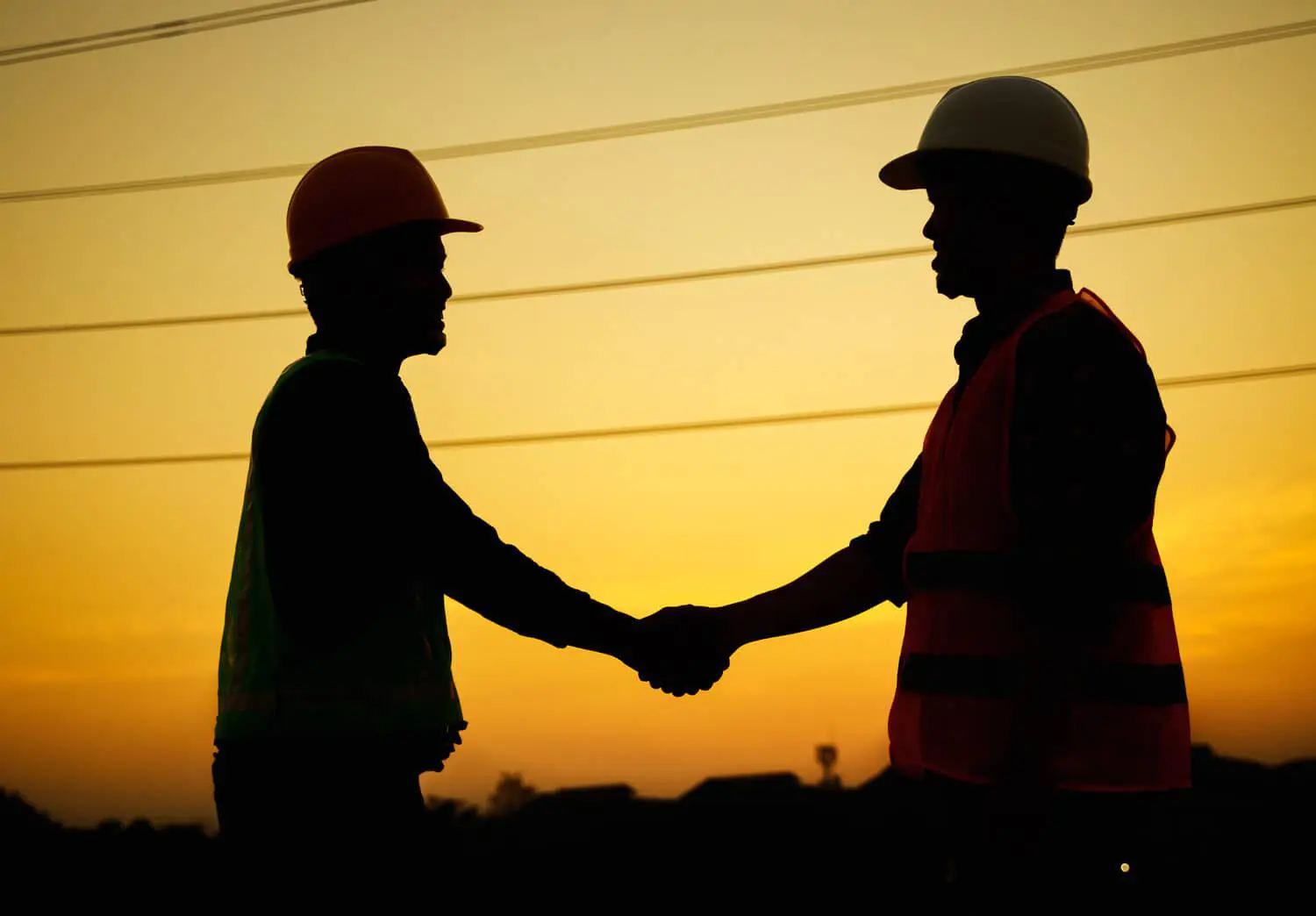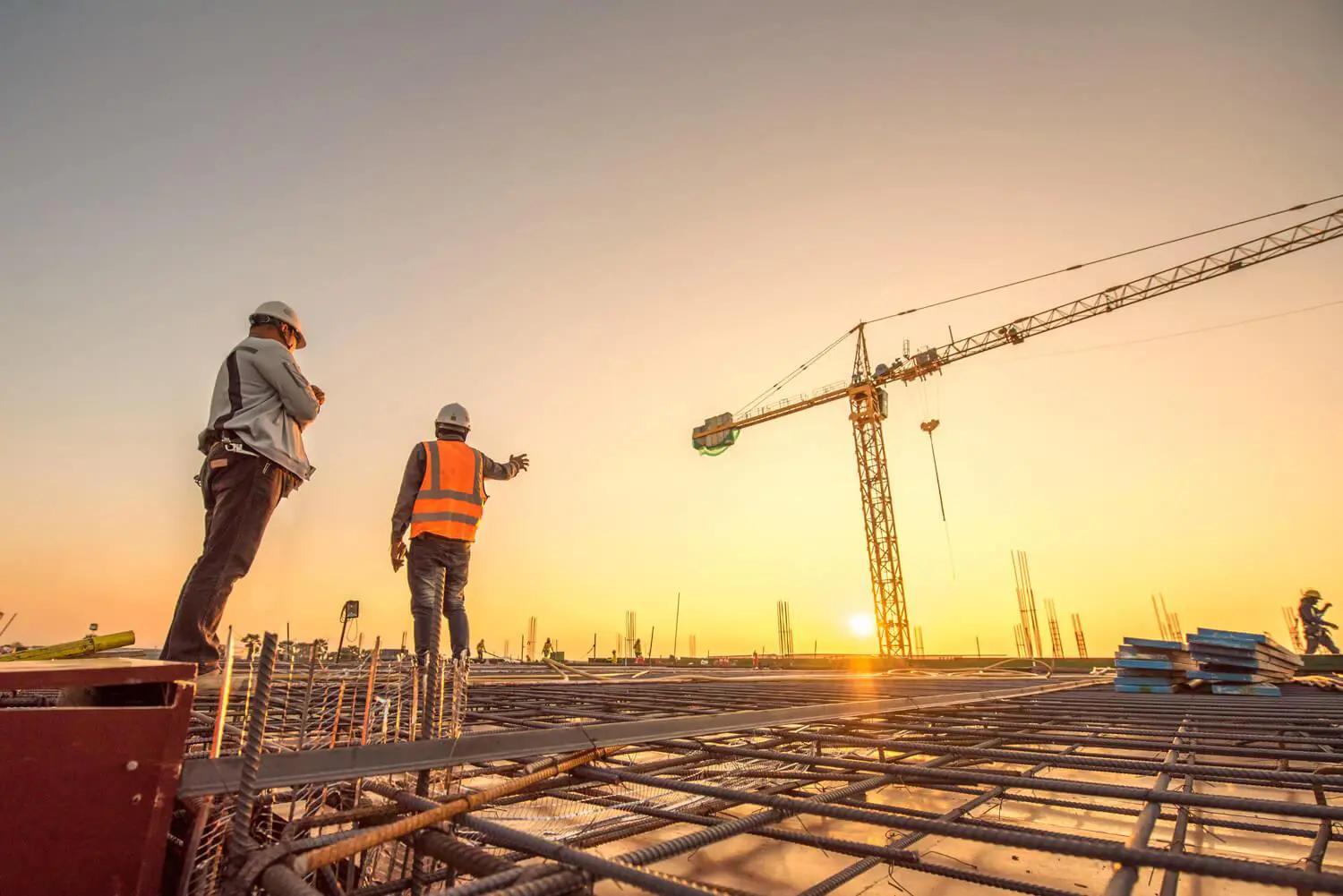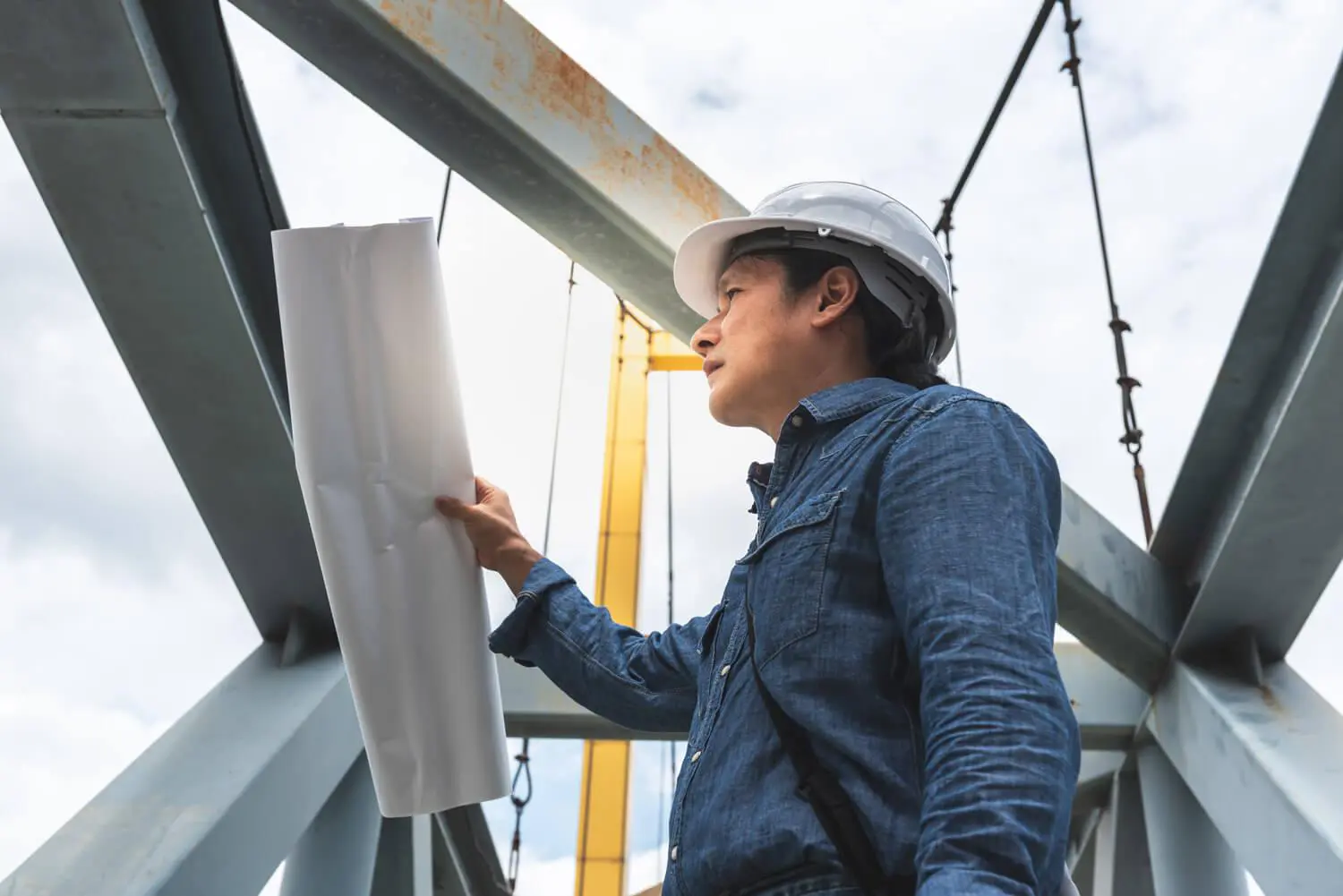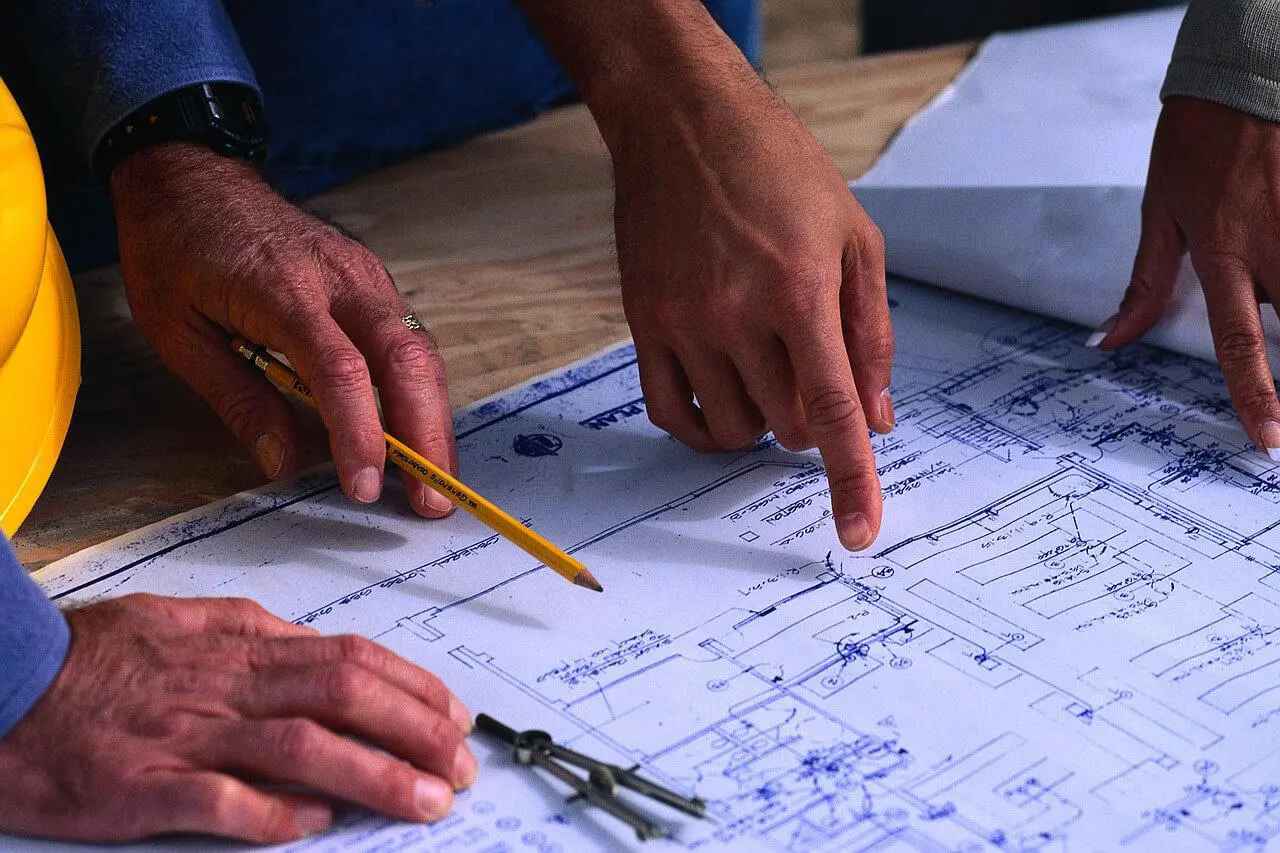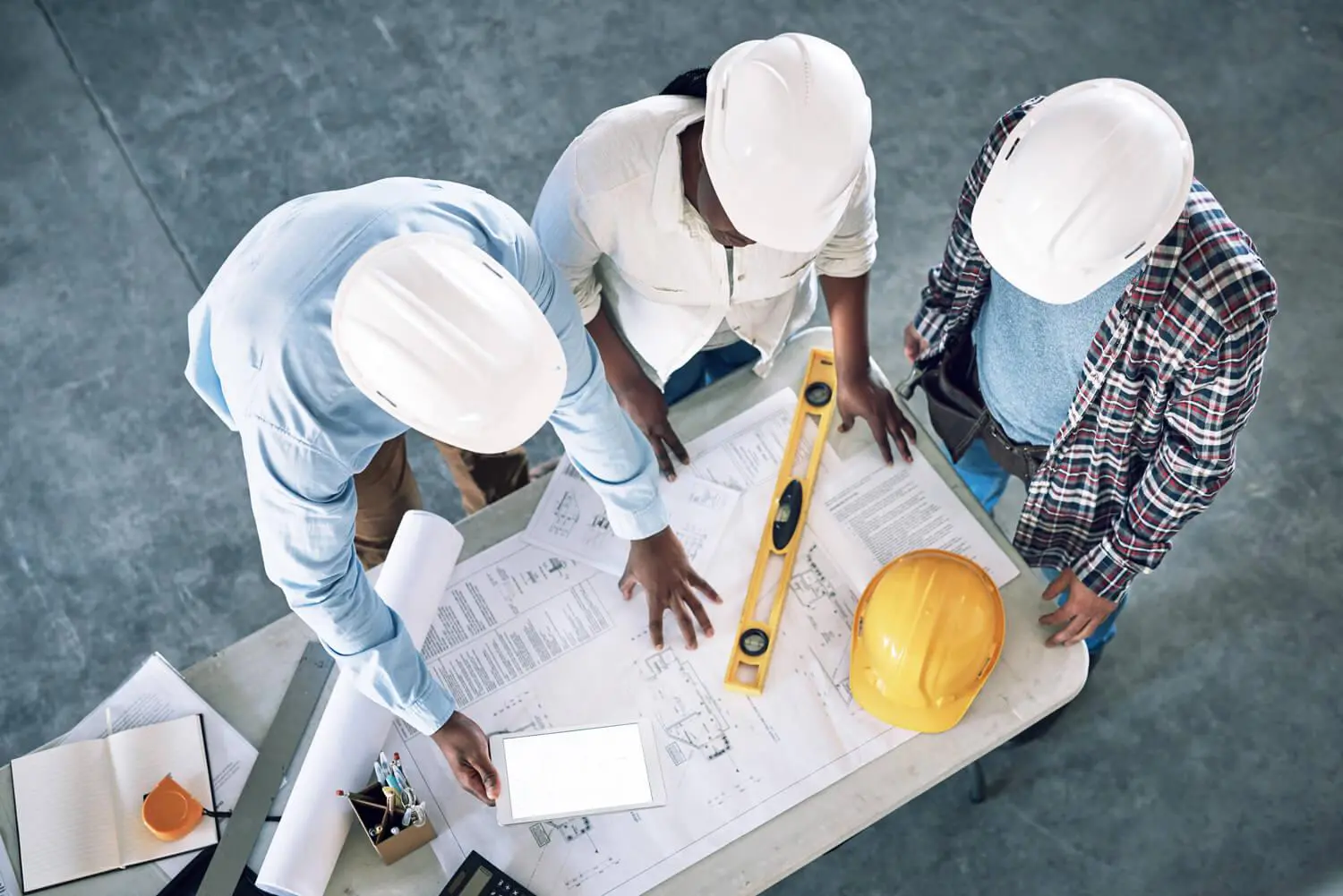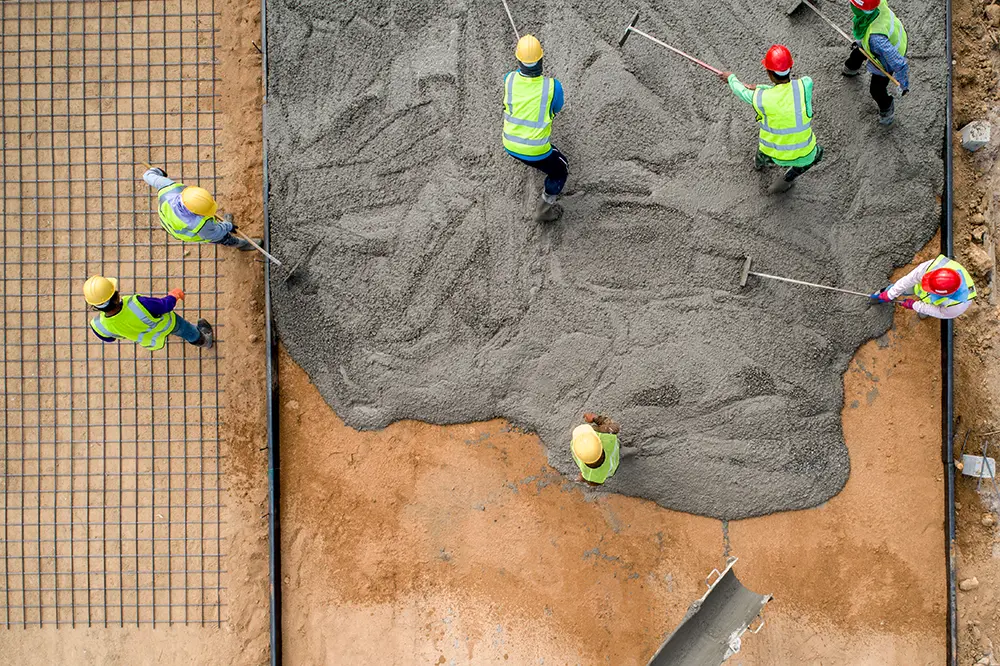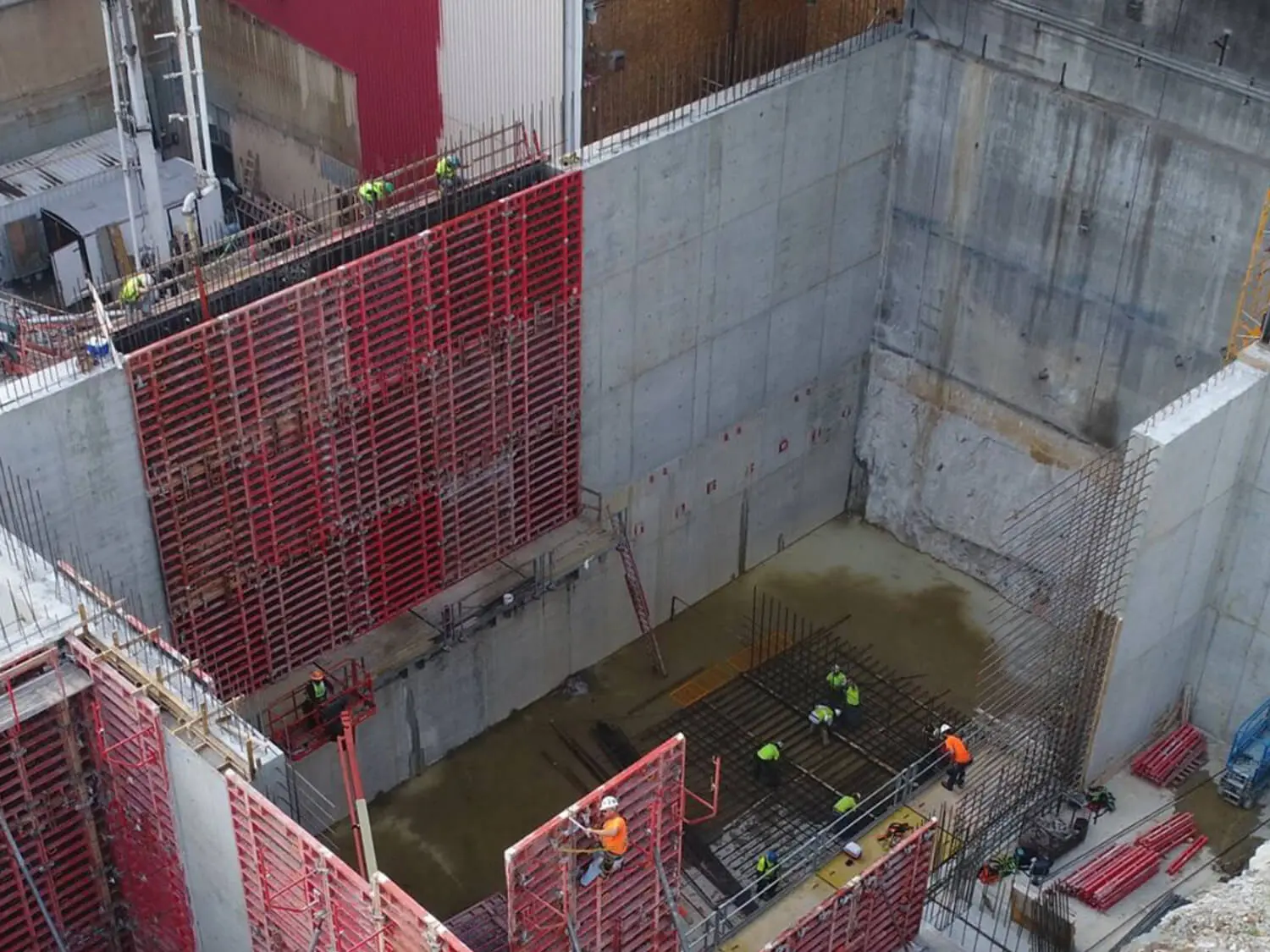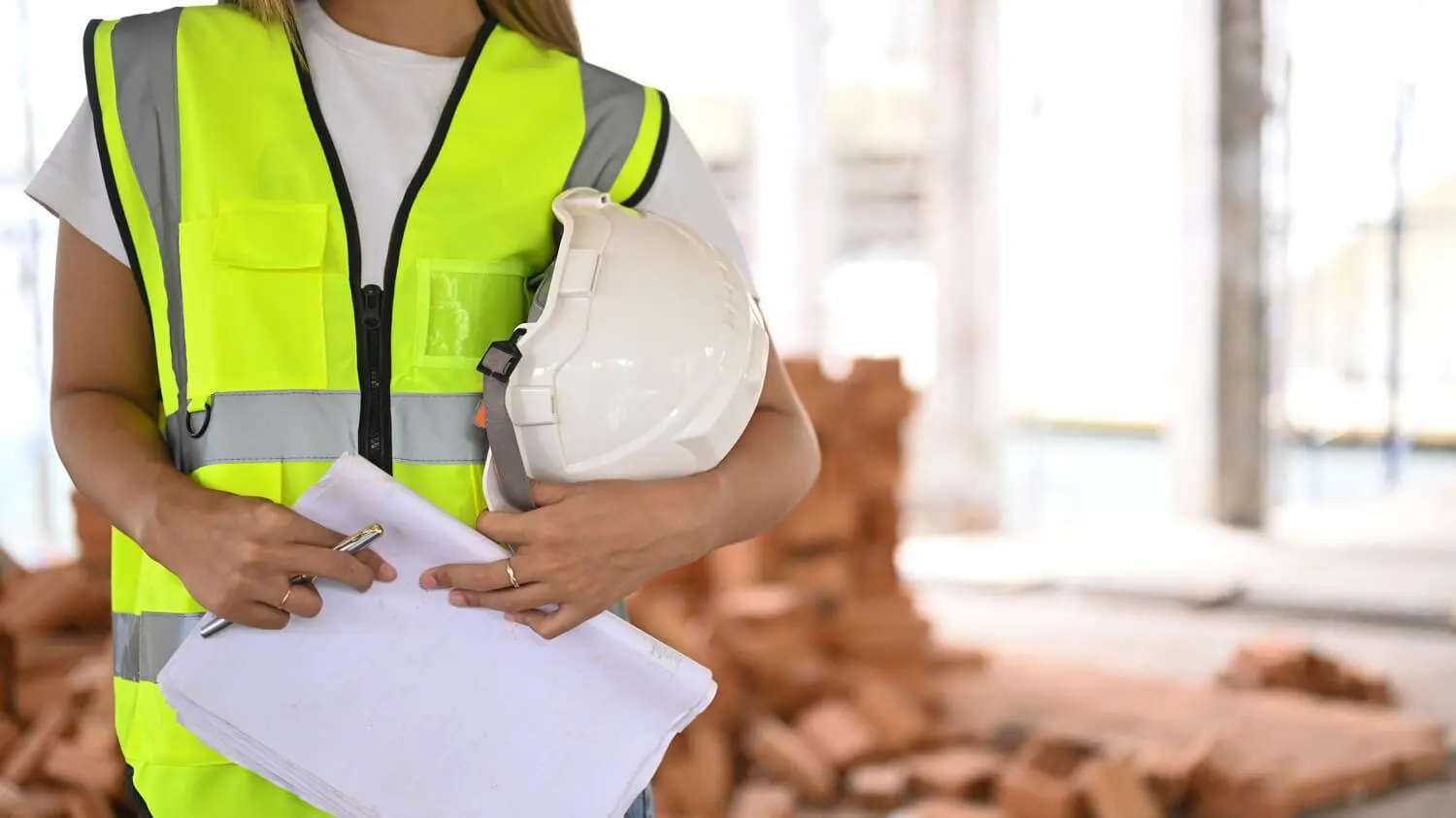Slips, trips, and falls stand as the primary preventable causes of workplace injuries and fatalities. According to the most recent data from the US Bureau of Labor Statistics, the construction industry contributed to 46.2 percent of all fatal incidents related to falls, slips, and trips in 2021.
DEFINITIONS
- Walking and Working Surface: Any horizontal or vertical surface on or through which an employee walks, works, or gains access to a work area or workplace location.
- Fall: Moving too far off your center of balance.
- Slip: Losing traction with the surface – feet forward, causing a person to fall backward.
- Trip: Contact with fixed objects, uneven surfaces, or objects in the path.
DISCUSSION
Nearly all slips or falls have one or more of these factors as a cause:
1. Walking surfaces
2. Surface contaminants
3. Footwear
4. Walking style of the person
PREVENTION
Employers can take several measures to enhance walking surfaces in their facilities:
- Housekeeping and hygiene practices are crucial but may be challenging to enforce. It is easy and cheap to clean up a spill, but sometimes it is very difficult for people to recognize the hazard and take action to fix it.
- Engineering controls involve proactive planning to identify potential slip/trip/fall hazards during construction.
EXAMPLES OF TRIPPING HAZARDS
- Obstructions like extension cords, power cords, hoses, boxes, and parts projecting from machines.
- Employees carrying boxes or other objects that restrict vision.
- Uneven or damaged flooring, floor holes, and poorly applied patches.
- Cracks in concrete and uneven or warped floorboards.
- Loose or poorly fitted grates over pits.
- Protruding nails, splinters, and loose boards, creating an uneven walking surface.
- Carpets and mats that may bunch, fold, or slip underfoot if not designed for the specific location and exposures encountered.
EXAMPLES OF SLIPPING HAZARDS
Snow, ice, and liquids, such as water.
BENEFICIAL WAYS TO ADDRESS HAZARDS
- Address Pavement and Sidewalk Issues: Report any uneven or broken pavement, sidewalks, or handrails promptly to mitigate tripping hazards.
- Use of Grates, Raised Platforms, or Mats: Incorporate grates, raised platforms, or mats, especially in traditionally wet production areas, to provide secure footing.
- Slip-Resistant Footwear: Encourage or require the use of slip-resistant footwear to enhance stability and reduce the risk of slips.
CONCLUSION
Although slips, trips, and falls result in numerous injuries, there are various preventive measures to mitigate these hazards. Promptly addressing and rectifying hazards through cleaning, communication about housekeeping, and maintenance discussions with management are crucial for ensuring a safe work environment.
Holes: The term “hole” refers to a gap or void with dimensions of 2 inches (5.1 cm) or more in a floor, roof, or other walking/working surface. Employees on such surfaces must be protected from tripping or stepping into holes by securely installed covers meeting specific requirements. These covers should be capable of supporting twice the maximum expected load, secured to prevent displacement, and appropriately marked with the words “HOLE” or “COVER.”
Safety Talks. info.bwc.ohio.gov/for-employers/safety-and-training/safety-video-library/safety-talks.
